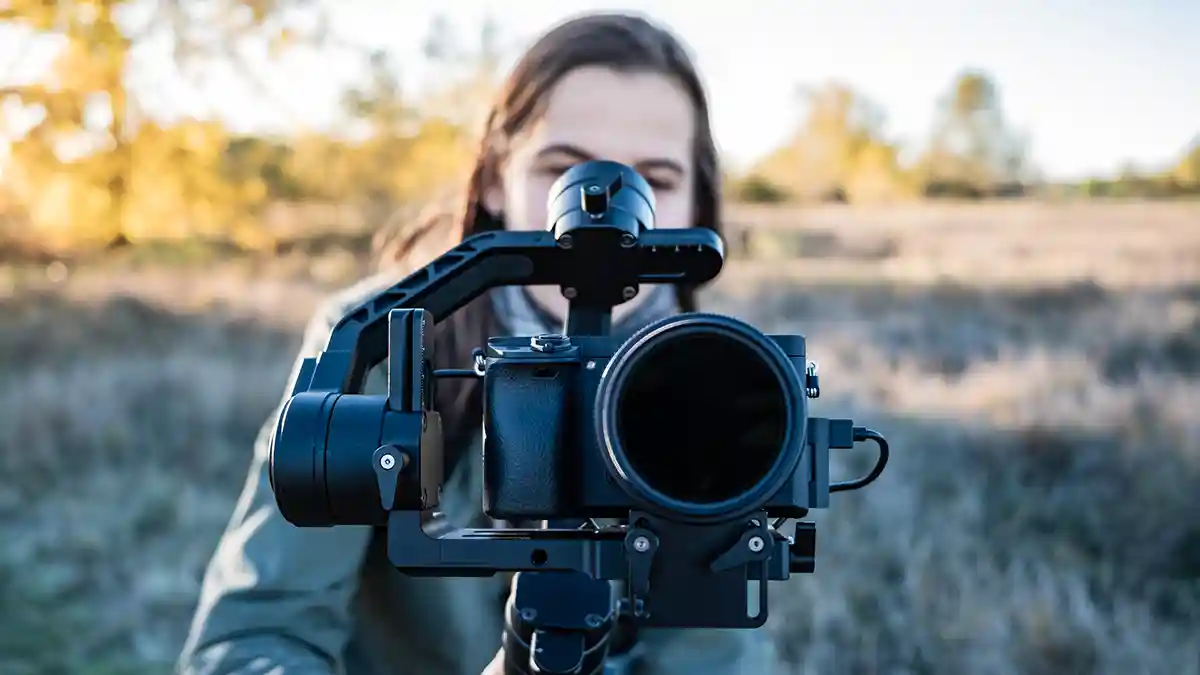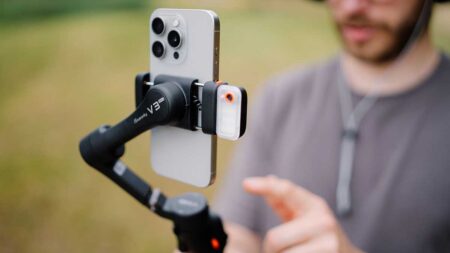The past few years have seen some very significant changes in the world of digital photography. The rapid move to mirrorless, the demise of the DSLR and the seemingly never-ending megapixel race has meant that pocket smartphones like the Samsung Galaxy S25 Ultra are now capable of capturing still images containing 200 megapixels. But the shift in camera trends suggests that the average photographer is no longer interested in cameras that offer single, static images only. Now, more and more of us are demanding cameras that can also capture equally impressive resolutions during video capture. But why is this? Well, it is no secret that the younger generation of photographers are naturally interested in imagery that is fast-flowing and constantly moving.
Of course, video ticks this box like no other. The rise and rise of platforms like TikTok and Instagram have highlighted two particular areas; that video is equally important to today’s audience as is the static image, and that we are increasingly seeing more consumer videographers. Subsequently, this has been reflected in the photography market, which is now shifting to cater more towards content creators and videographers. Camera manufacturers like Sony and Panasonic have provided a renewed focus on video, emphasising high-resolution sensors with equally demanding video capabilities. These have become what are now referred to as ‘hybrid’ models, demonstrating the hybridisation of the two previously separate mediums.
But with a camera that is optimised to carry both, is there a risk that camera brands could solely prioritise video, skimping on the photography side of things? Well, yes and no. Cameras such as the Sony A7 IV and the Panasonic Lumix G series have shown that both video and photo advantages can coexist without impairing the overall effectiveness of the device. The Sony A7 IV, for example, was made to specifically cater to those consumers that want the best of both worlds. It boasts an impressive 33-megapixel sensor whilst providing 4K 60 frames per second video capture, which is more than enough for most individuals looking to capture high fidelity content. On the other hand, there are certain hybrid models that suggest camera manufacturers still have a long way to go in terms of truly nailing both. The Canon EOS R5C for example, is a camera that lacks key practical features, most notably a neutral density filter. For many videographers, a neutral density filter is a key component of the camera as it allows them to use longer shutter speeds without overexposing the image. One would think that a ‘hybrid’ camera would include features such as this, so it is clear that there are still areas in the hybrid area for Canon to improve.
A downside of this hybridisation is also the pricing range. Having to create two strong areas of the camera with sharper details is not particularly cheap, and more often than not, this manufacturing cost is passed on to the consumer. The Sony A7 IV is a great camera as mentioned but will set you back £1,890. The aforementioned R5C is even pricier, demanding a whopping £2,678.89 from the customer. For many photographers and aspiring videographers, this pricing point is just too high to be practical. Thankfully, as camera technology continues to advance at an ever-increasing rate, more powerful hardware is becoming more accessible to the masses. A great example of this would be the Lumix S5 II from Panasonic, which is a great compromise for those that do not wish to spend as much as they would on other premium labels like Sony and Canon.
While the latter brands do usually have slightly stronger features in the realms of overall image quality and autofocus, the Lumix has proven to be one of the most accessible, with an average price of £1,239.00, a significantly more attainable entry point. The S5 II also has many features going for it. From a 24-megapixel sensor with on-sensor phase detection, to a 96-megapixel multi shot high resolution mode, with an equally enchanting ability to shoot at 4K 60 frames per second too. Panasonic have not previously used the on-sensor technology in their other models, which makes it even more endearing. The on-sensor phase detection in the S5 II works by producing two views of the same image from different perspectives and comparing them. This then allows the camera to gain a better understanding of distance and depth in the image, leading to a more efficient capture.
Naturally, this begs the question – where does all of this leave photographers? Those that wish solely to capture images, and have no interest in videography whatsoever? Well, there are still many photo-only cameras available on the used market, though many of them are also long outdated. After all, a new photo-only camera would be very niche and would not be cost effective for most manufacturers, so photographers will ultimately need to get comfortable using hybrid models. The downside is that there is still a way to go in hybrid technology. Autofocus is not always perfect and rolling shutter issues can cause problems when capturing images, especially during fast-moving sequences or when panning the camera. These issues are yet to be addressed in some modern cameras and can result in blurry and distorted images.
On the other hand, there are now cameras that are clearly designed solely for video capture and have received minimal effort in the photography department. The Sony FX3 for example, is designed to be an affordable compact cinema camera that, despite featuring 4K video capture, is limited to only 12 megapixels in still images which does seems surprisingly low, even as a specialist video camera. Ultimately, while we can see there is a pattern that suggests camera manufacturers are leaning towards improving their efforts in the video department it is unlikely that we will see hybrid models dying anytime soon. After all, the relationship between photography and video continues to be largely symbiotic – both mediums are integral to each other’s success, and they cannot thrive without the other existing.





Leave a Reply